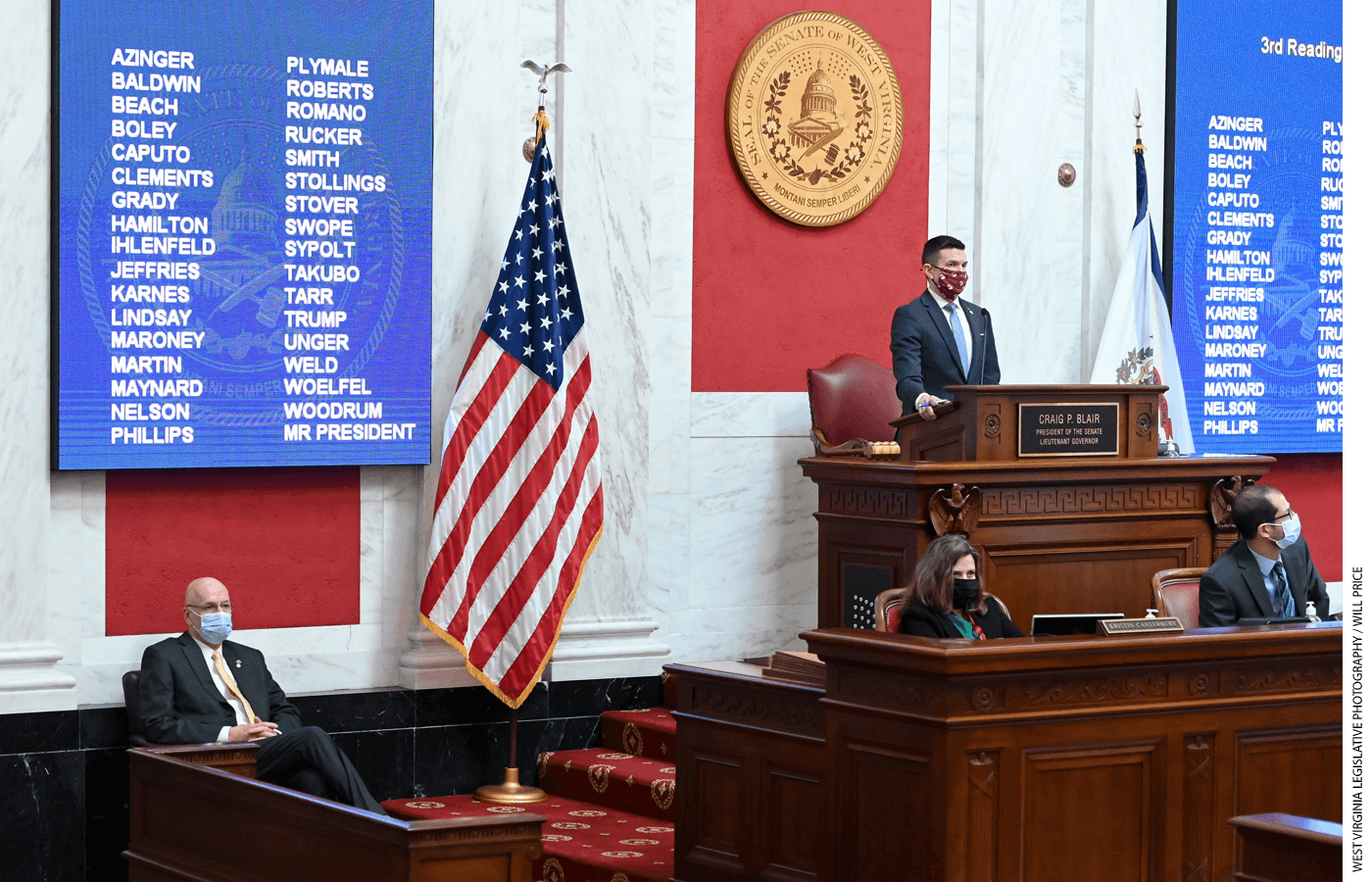
For over three decades, the private school-choice movement has largely pursued a bipartisan legislative strategy. The calculus was simple: Democrats tend to oppose school choice, but if enough of them could be won over to join widespread Republican support, it would produce legislative victories.
To court these Democrats, the choice movement has favored designing programs that give priority to Democratic concerns. This included means-testing eligible participants to target programs toward Democratic constituents, capping the size and funding of programs to avoid competing for resources provided to traditional public schools, and regulating participating private-school admissions, curriculum, and school discipline practices.
While this approach might have seemed reasonable in the early days of the choice movement, there has been little critical re-examination to assess whether the strategy has actually succeeded in passing more programs. In short, has it worked?
In a new study released by the American Enterprise Institute, we conduct the first empirical analysis of this bipartisan strategy and find that it has failed to contribute to the creation of additional private school-choice programs. Very few Democratic state legislators vote for school-choice proposals—and the few that do almost never make a difference in whether those bills receive support of at least 50% of the legislators.
To conduct this analysis, we identify 70 state legislative chamber votes on initial passage of private school-choice programs. We find that while 85% of Republicans in state House chambers and 88% of Republicans in state Senate chambers voted for those choice bills, only 17% of House Democrats and 24% of Senate Democrats did the same. Over the last three decades, the vast majority of support for private school choice in state legislatures has come from Republicans. Very little has come from Democrats.
We also examine whether the small number of Democratic state legislators who voted for private school choice were instrumental in getting those bills over the hump to become law. We find that even if we assumed that every Democrat voted “no,” school choice would have received support from at least 50% of legislators in 67 of those 70 legislative votes. That is, in almost all instances, private school-choice bills did not need any support from Democrats to reach 50% support. Republican state legislators provided almost all of the necessary votes for adopting private school-choice programs. Democratic legislators were almost entirely inconsequential to the outcomes.
Given this history, the school choice movement should reconsider its strategy. Of course, choice advocates should always welcome support from any quarter where it can be found, but designing choice proposals and supporting language to court Democrats may not be the wisest way to grow the number of new private school-choice programs. After all, more than 15 percent of Republican state legislators have balked at supporting school choice. Giving priority to Republican concerns might win over those reticent Republicans to pass more programs in Red states without sacrificing the coalitions that are already supporting choice since losing some Democratic votes has almost never mattered. More than three-fifths of states are Republican-dominated, so there are plenty of Red states where new programs could be adopted. And demonstrated success in those Red states could eventually be leveraged to make advances in Blue states down the road.
This reconsideration of the focus on courting Democrats has many implications for how the choice movement might proceed. Choice advocates might decide to focus on universal school choice programs without means-testing or caps on program size, as they successfully did recently in West Virginia. The 2021 Education Next survey of public opinion found Republican support is greater for universal vouchers than for low-income vouchers, while Democrats were more supportive of vouchers for low-income families than for all families. Choice advocates might also embrace efforts to identify school choice as a mechanism that allows families to find learning options that reflect their values, enabling them to reject curriculum they do not like, such as Critical Race Theory and the 1619 Project. That could appeal to a broader base of Republicans even at the risk of losing support among Democrats.
If the goal of the private school-choice movement is to get more programs adopted, the empirical evidence is clear that the historical practice of courting Democratic policymakers has not been effective. Indeed, it has likely been counter-productive. Proponents of school choice should make a values-based appeal for choice that could attract more families, and elevate choice as a solution to some of the most pressing education policy fights of the day.
Jay P. Greene is a senior research fellow at the Heritage Foundation. James D. Paul is the director of research at the Educational Freedom Institute. And Lindsey M. Burke is the director of the Center for Education Policy and Mark A. Kolokotrones Fellow in Education at the Heritage Foundation.


